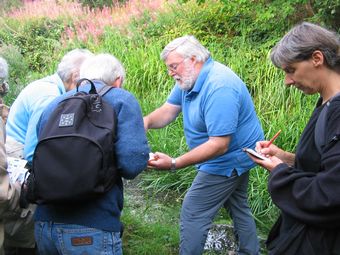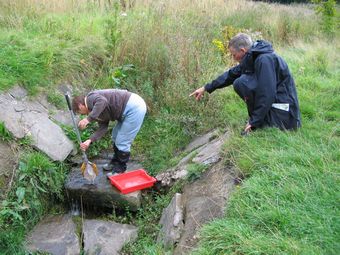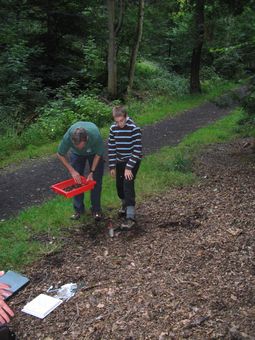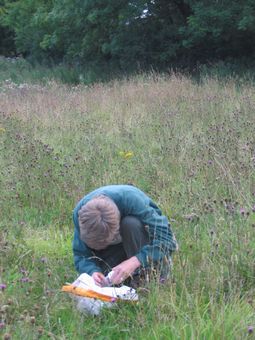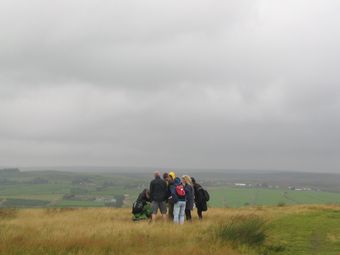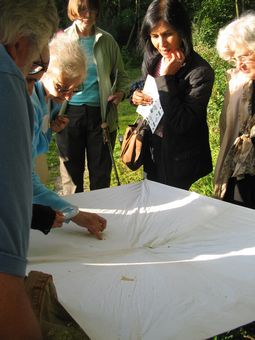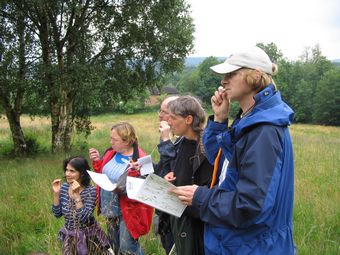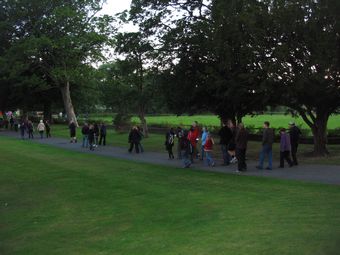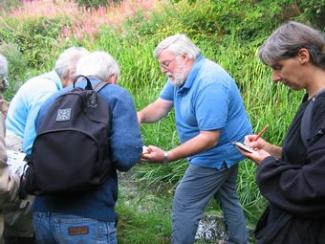
Wildlife Wanders is a series of occasional activities that focus on learning more about the wildlife around us.
The aim of the project is to introduce new audiences to wildlife, whilst also giving people already involved a chance to learn more. There will be a mix of practical skills training and species identification.
We were funded by Four Winds Trust until May 2015 to deliver a handful of sessions, including linking with conservation tasks in the Dales and the residential to Hutton Roof Crags
 Prior to this, the project was funded by Big Lottery Awards 4 All programme.
Prior to this, the project was funded by Big Lottery Awards 4 All programme.

